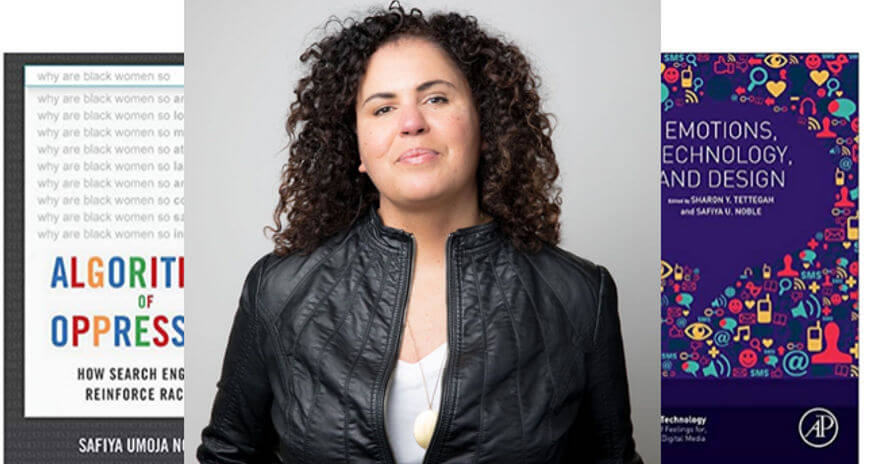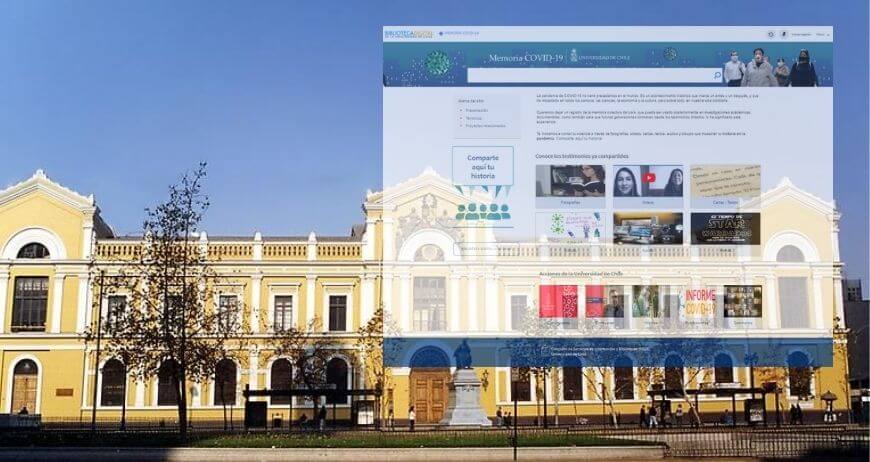 Some parts of our lives that relate to goals and changes are relatively easy to analyze. If you’re training for your first half-marathon, for instance, your times over shorter races can accurately predict your success at 13.1 miles.
Some parts of our lives that relate to goals and changes are relatively easy to analyze. If you’re training for your first half-marathon, for instance, your times over shorter races can accurately predict your success at 13.1 miles.
In your library, change can be driven by a single or multiple factors – everything from shrinking budget to curriculum changes to space reclamation.In previous blog posts, I talked about change in libraries and the roadblocks that accompany them. I drew upon my certification in Change Management to point out the step-by-step process known as ADKAR (awareness, desire, knowledge, action, reinforcement).
Change is valuable when it brings improvement. The environment surrounding libraries increasingly asks for evidence of progress in exchange for budget dollars and loyalty, making the measurement of impact very important.
“Measurement provides a way to track progress,” says Timothy Galpin, in his article Connecting Culture to Organizational Change in HR Magazine (available in ABI/INFORM, ProQuest Central and other ProQuest business databases.) “By determining what to measure and how to measure it, the organization can clearly see whether it is on track to achieving its change goals. Accomplishing goals shouldn’t be a surprise. Periodic measurement allows people to see progress toward the goals. Managers and employees alike can observe themselves achieving implementation milestones. Attaining intermediate landmarks helps people stay motivated and keeps them committed to achieving the final goals.”
Deciding what (and how, and when) to measure
A change management consulting leader, Prosci, produced an edition of Best Practices in Change Management, which includes a list of possible metrics to consider when analyzing impact. Prosci surveyed companies that had implemented change and at ProQuest, we saw their questions could be turned into a useful framework for building a measurement plan:
-
- An obvious, but important rule of thumb: make sure you’ve chosen metrics that are directly related to the improvement the change is meant to inspire. For example, if the change in your library involved transitioning print books and periodicals to digital, it’s natural to consider usage a barometer of ROI.
- Are your online resources getting the clicks you expected?
- If not, are factors like user awareness or skill level making an impact?
- An obvious, but important rule of thumb: make sure you’ve chosen metrics that are directly related to the improvement the change is meant to inspire. For example, if the change in your library involved transitioning print books and periodicals to digital, it’s natural to consider usage a barometer of ROI.
Note: real measurement also means avoiding “vanity” metrics – data that might sound good but doesn’t actually reveal improvement.
- Create metrics that determine value-add (the before and after)
- Measure impacts at the individual level, not just the organizational level. Prosci points to individual employee assessments as important to their study participants in identifying progress. Along with adoption metrics, some of the organizations surveyed measured employee buy-in, readiness, feedback, error logs, behavioral change and other criteria to measure impact.Activity effectiveness like participation in training can also enter into the metrics, says Prosci, and so can performance metrics like speed of execution, project KPI (key performance indicators) and timeline adherence.
- Set a reporting schedule to keep stakeholders apprised of progress toward your goal. That means determining how often you’ll measure and who will own the score keeping.
Galpin provides these additional helpful ideas:
- Set specific, numeric expectations. Using this strategy allows people in the organization to begin “measuring the immeasurable.”
- Keep it simple so that people understand the measurement tool. It also helps people stay focused as they work toward the goals of the change effort.
- Be creative. Don’t fall for the lure of using the “same old measurement for the same old issues.”
- Involve managers and employees in designing their own measures.









